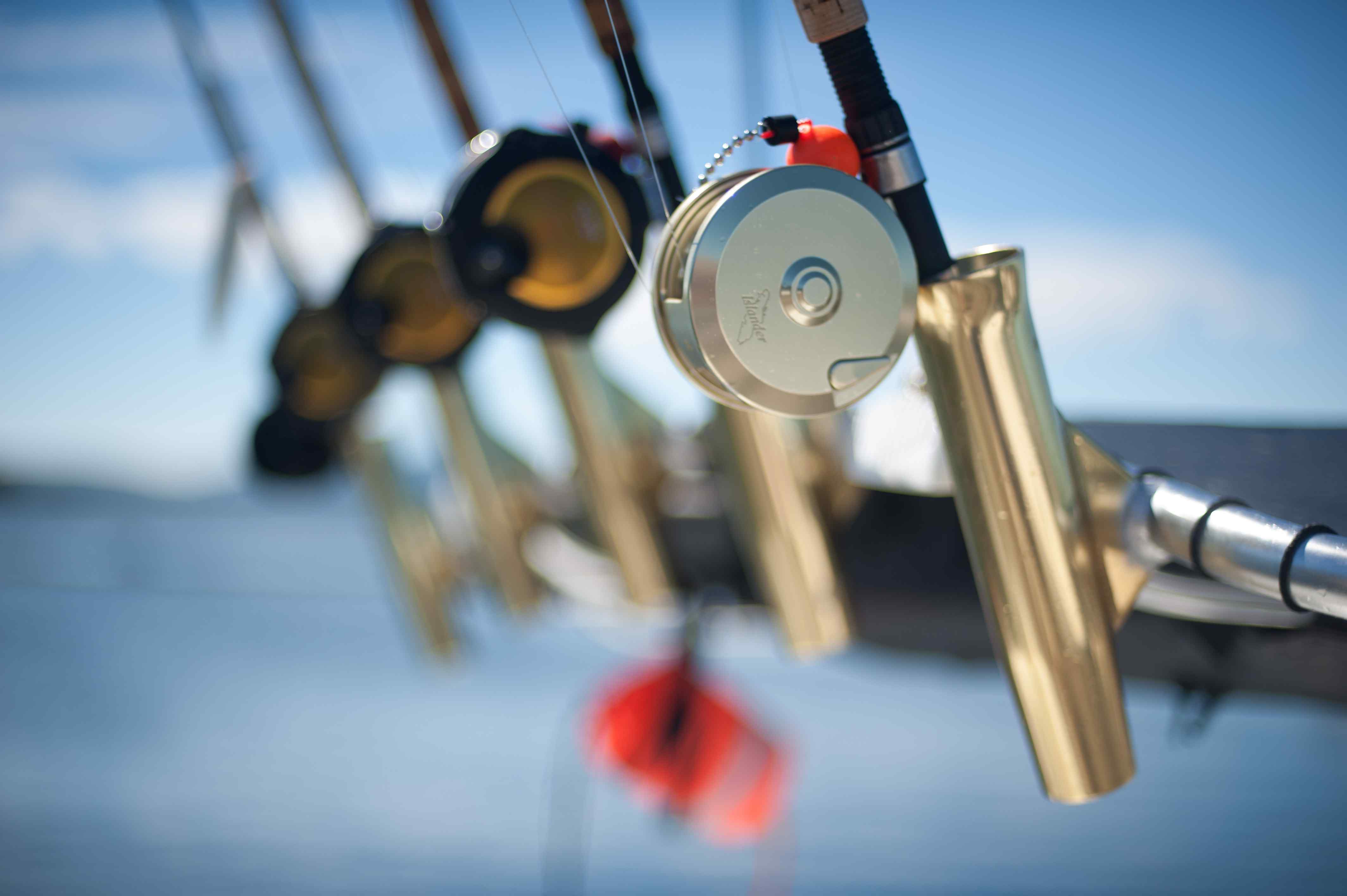What’s the Best Fishing Line for Me? Braided Vs. Monofilament
If you want to start an argument in a group of fishermen, ask to know their favourite type of line.
The debate between braided and monofilament fishing line has been going on, well, since braided line was first produced, and it is still a heated dispute. Many people are diehard fans of just one type of line, many use both depending on what type of fishing they’re doing on a given day, and many are still undecided.
Odds are that, if you’ve fished much before, you’ve used monofilament. It’s the most commonly used line and has been around for a lot longer than braid. Many people grew up fishing with monofilament, which is part of why people like it best sometimes. It is familiar, tried-and-true, and you know it works. While monofilament has a lot of positives in its favor, it also falls short in some places where braided line is superior. We’re going to go ahead and take a side in the braid vs. mono debate by not actually taking a side at all. In our opinion, neither one is overall better. It all has to do with the angler’s personal preferences and type of fishing you’re doing.
We’ve got the good, the bad, and the ugly facts on braided vs. monofilament line, complete with pros and cons and the best types of fishing for each so you can make an informed decision and pick the best line for your particular needs.
Monofilament Fishing Line
As its name implies, monofilament is one long continuous thread of a synthetic material (often nylon). It is easy to knot—it is flexible, soft, easy to handle, and not so slippery that knots come undone. This means that monofilament can be easier than braid to learn with and is especially good for kids who are new to fishing and knotting. It is also easier to take out any accidental knots that might get in your line with monofilament, whereas this can be a pain with braid.
Monofilament has more stretch to it, which means it usually won’t break suddenly and it absorbs shock. This means that if you’re fighting a big fish you won’t get jerked around as violently and have less chance of losing it with a monofilament line. Additionally, monofilament is virtually invisible in clear water, so it is unlikely to scare away cautious fish.
Pros
-Inexpensive
-Easy to cut, knot, and untangle—great for beginners
-Low visibility in clear water
-Stretch allows for shock absorption
Cons
-Damaged by exposure to sunlight
-Absorbs water so its characteristics change when it is dry vs. wet
Braided Fishing Line
Braided line, also called microfilament, is produced by braiding strands of synthetic material such as Spectra or Dacron into one line. Braided line is considerably more expensive than monofilament (usually by about 50%). It has a very small diameter so you can fit a longer length on your reel, which is more convenient—to give you an idea of the breadth of this difference, a 40-lb spool of braid has the same diameter as a 10-lb monofilament spool. The small diameter also makes it easy to cast much further with braid. Braided line can cut through stems in the water, so if you are fishing in an area with vegetation like waterlilies or cattails, braid is less likely to end up tangled up in the plants and more likely to cut straight through.
One of the things that people like most about braided line is that it has no stretch to it. This means that, although it doesn’t absorb shock the way that monofilament does, it is extremely sensitive so you can feel any bites at all. The high sensitivity makes braid excellent for deep-water fishing in particular.
Braided line is more durable and stronger than monofilament. Unlike monofilament, it isn’t damaged by UV rays or weathering, plus it is abrasion resistant so it is good for fishing near rocks or structures that the line might drag against or get caught on. Its strength makes it great for catching big-game fish (like those often caught at Peregrine!)
Pros
-Longer casting range
-Small diameter means you can fit a larger amount on your reel
-Very sensitive feel
-More durable and stronger
-Abrasion resistant
-Characteristics don’t change whether line is dry or wet
Cons
-Visible in clear water, which can scare cautious fish away
-Higher cost than monofilament
-Slippery, knotting can be difficult
No matter what your line preference, you can be sure you’ll have an amazing time fishing at Peregrine! Check out our 2019 packages today.

